-
 play_arrow
play_arrow
The CRUSADE Radio Network CRUSADE Radio Network
-
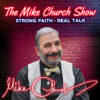 play_arrow
play_arrow
PREVIEW: Bongino and Patel Detail Progress Mike "The KingDude" Church
-
 play_arrow
play_arrow
Audio Post Format TheKingDude
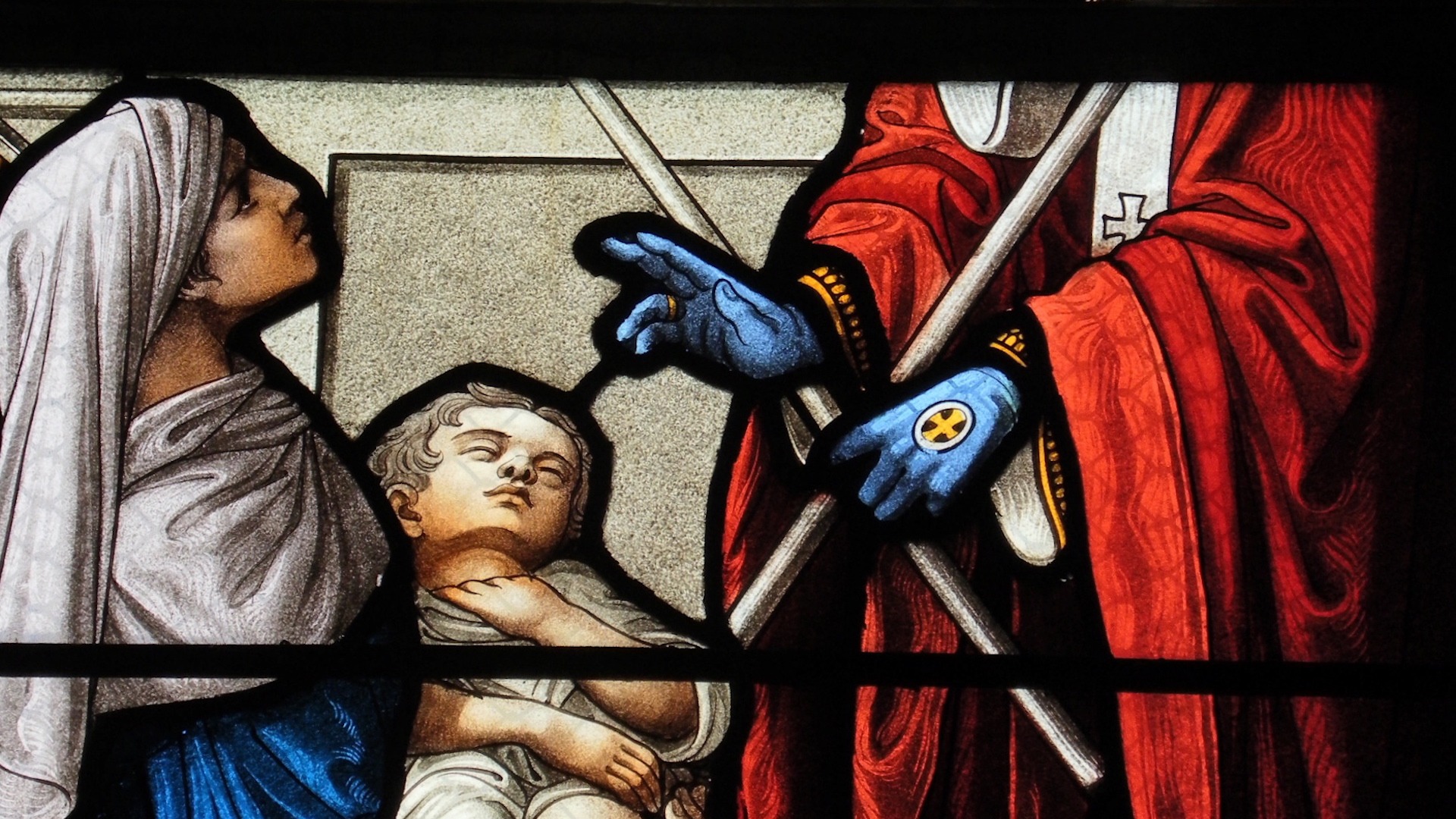
then placing his venerable hands over the child’s throat and thanking God again, the boy sprang to life as though he had awakened from a nap
Mandeville LA – by Mike Church – Saint Blaise was born in Armenia and as a young man studied philosophy and then studied for the priesthood. After the death of the Bishop of Sebaste, he was elected as his replacement. It didn’t take long for the reputation of the Bishop of Sebaste as a miracle worker to spread. People came from hundreds of miles away seeking his now famous intercessions.
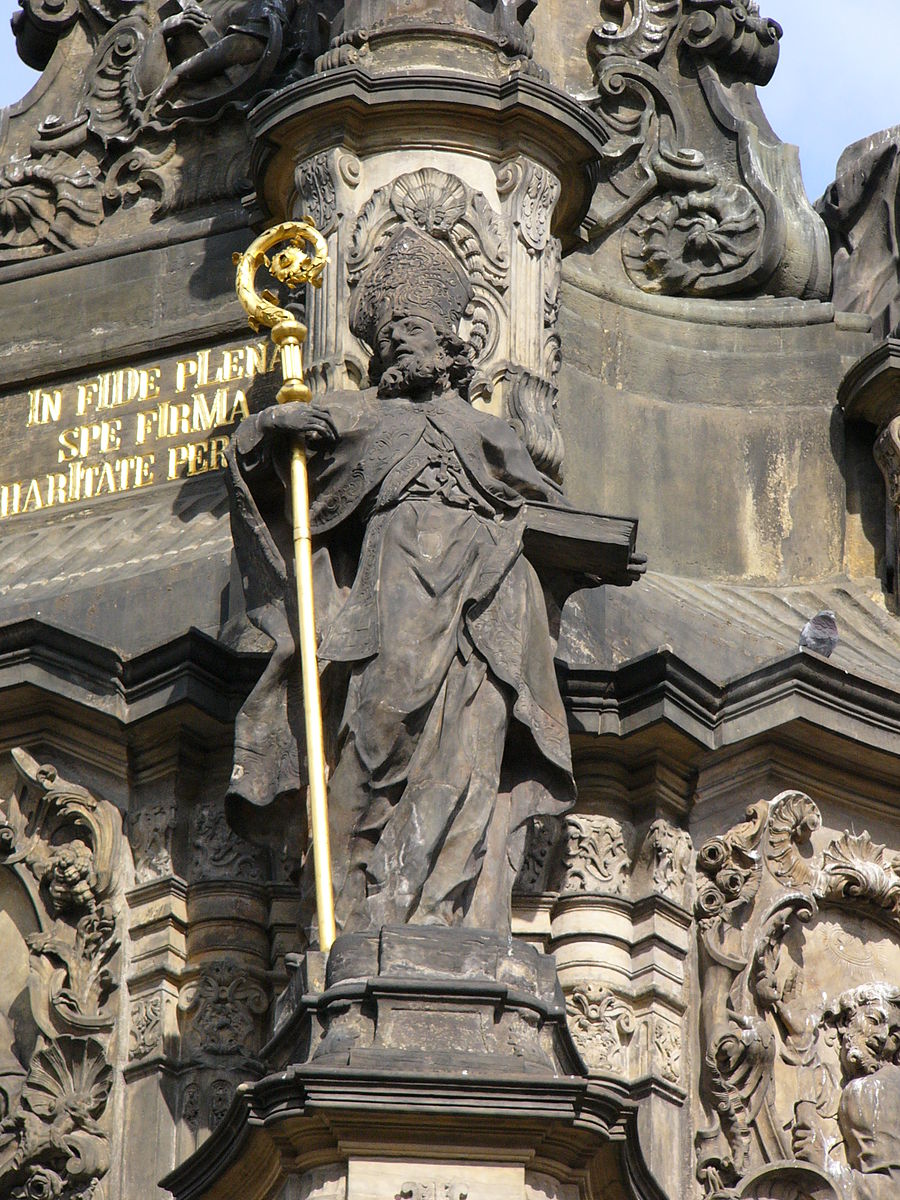
One of the most famous of these miracles involves the story of the Saint, on a pilgrimage to a village near Sebaste, is approached by a woman hysterically crying out while carrying her near dead, only son. The legend is not clear on what exactly was wrong with the boy but the most popular tradition says he had swallowed a chicken bone which was lodged in his throat and he was near death from choking.
Bishop Blaise, stopped the pilgrimage and took the boy from his mother, knelt down, gave thanks to God and implored his Heavenly aide, then placing his venerable hands over the child’s throat and thanking God again, the boy sprang to life as though he had awakened from a nap; all who witnessed this were astonished.
During the persecution of the evil emperor Diocletian, Saint Blaise was hidden in a cave on Mount Argeus but was discovered by soldiers of governor Agricolaus. He was taken to Rome and commanded to apostasize Our Lord and worship the pagan gods.
When he refused he was imprisoned in a dark, imposing dungeon.
Blaise was visited by a woman he had healed who smuggled in a pair of candles for him to light his cell, the candles were blessed by the saint and burned miraculously for days until Diocletian summoned him for execution.
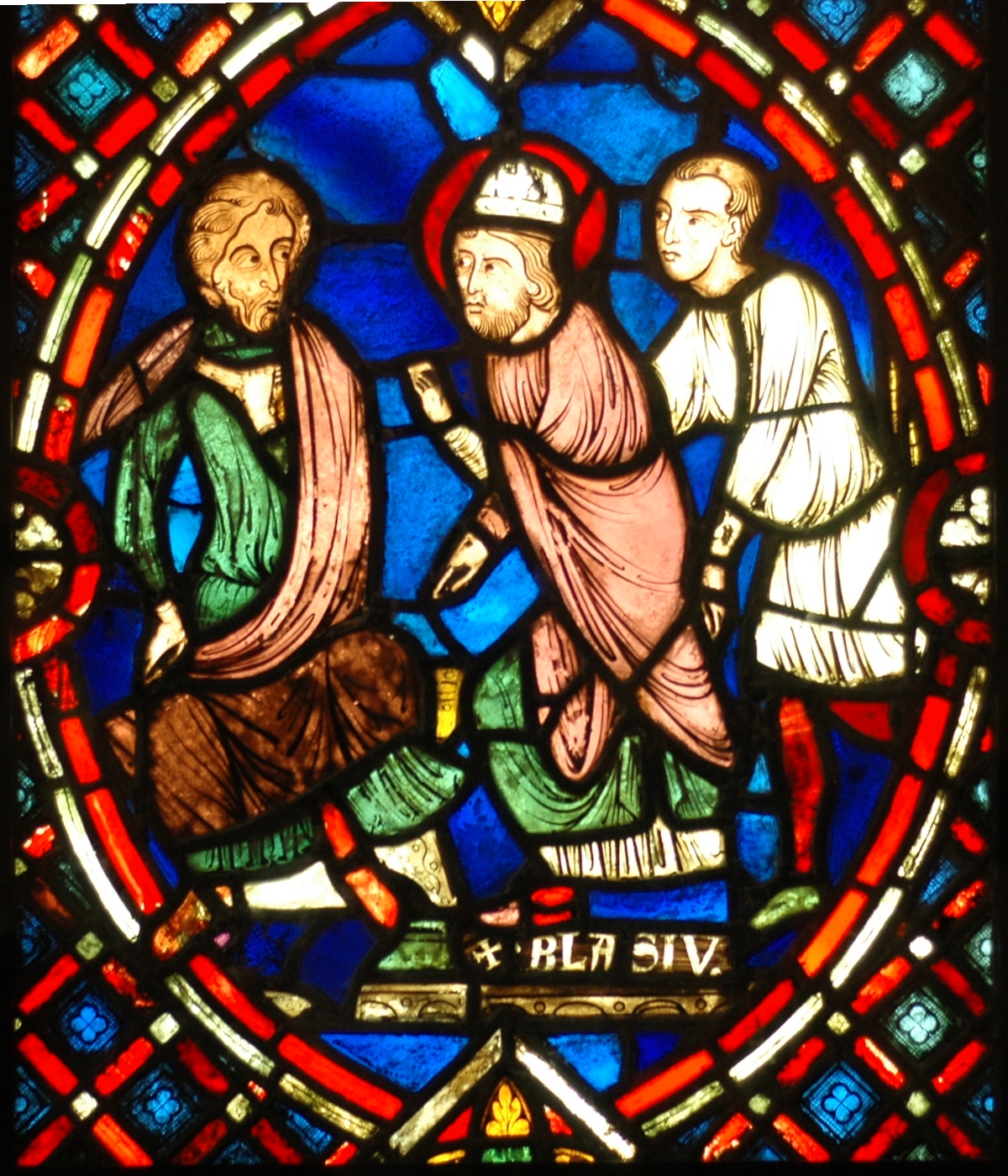
It is these candles which account for the Tradition of invoking Saint Blaise for protection of the throat by crossing the candles over the throat and saying the blessing.
Through the intercession of St Blaise, bishop and martyr,
may God deliver you from ailments of the throat
and from every other evil.
† In the Name of the Father, and of the Son
and of the Holy Spirit. Amen.
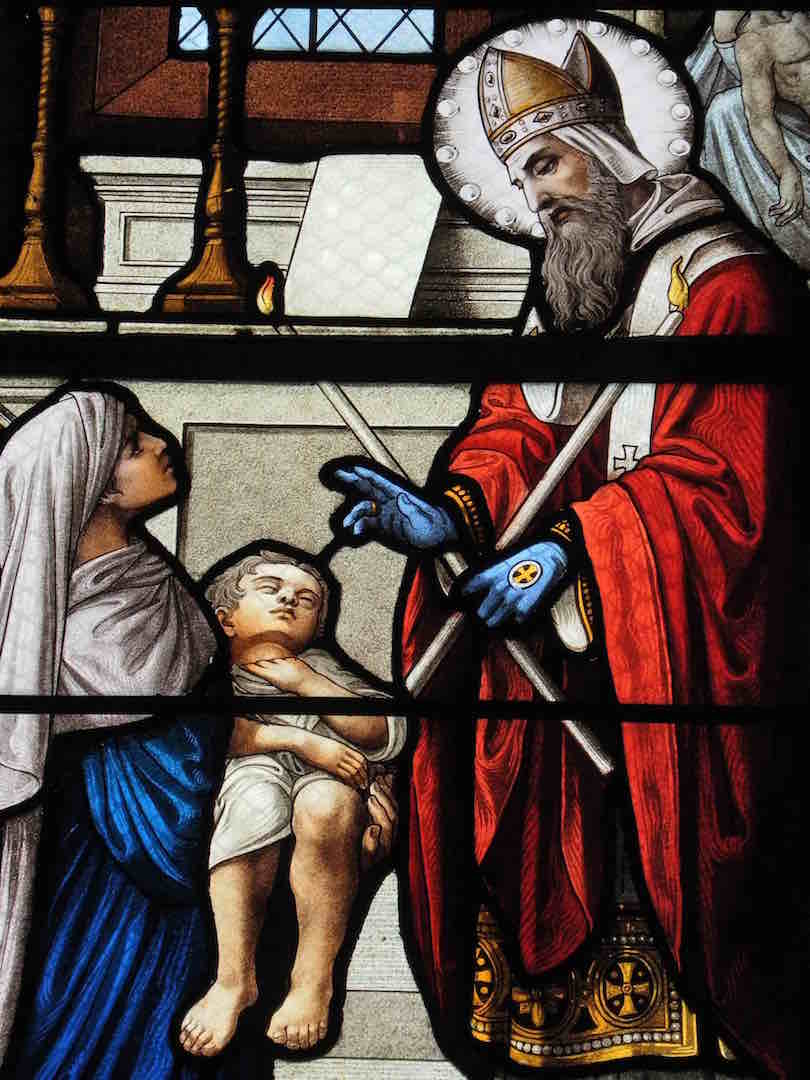
Saint Blaise is invoked for diseases of the throat and is one of the 14 Holy Helpers along with Saint Christopher and Saint Margaret and Saint George. The story of the 14 Holy Helpers is worth retelling here for it still inspires a perennial pilgrimage to the BASILIKA VIERZEHNHEILIGEN, in Germany. Catholic Kingdom has a wonderful telling of the Chapel of The Holy Helpers.
It was on the evening of September 22, 1445, that a young shepherd, Herman Leicht, was gathering his flock for the journey home. The sheep were actually not his own, but belonged to the monks of the abbey of Langheim. This monastery, in the diocese of Bamberg, Bavaria owned a small farm where the monks could keep their flocks. The animals were then tended to by shepherds, who led them along the hillsides. After a quiet graze all day, the flocks would be herded back to the farm.
And it was on such a return journey, that young Herman suddenly thought he heard the cry of a child. Looking around, he saw a child sitting in a field nearby. Surprised, and wondering how the child had come there, Herman was about to approach, when the mysterious child disappeared.
Feeling rather disturbed, the young shepherd returned to his flock. After reaching it, he turned to look back to the spot where he had seen the apparition. There the child sat again, this time in a circle of light, and between two burning candles. Terrified at this second apparition, Herman made the sign of the cross. But the child simply smiled, as if to encourage him. So, Herman went to approach it again. But before he got near, the child vanished a second time.
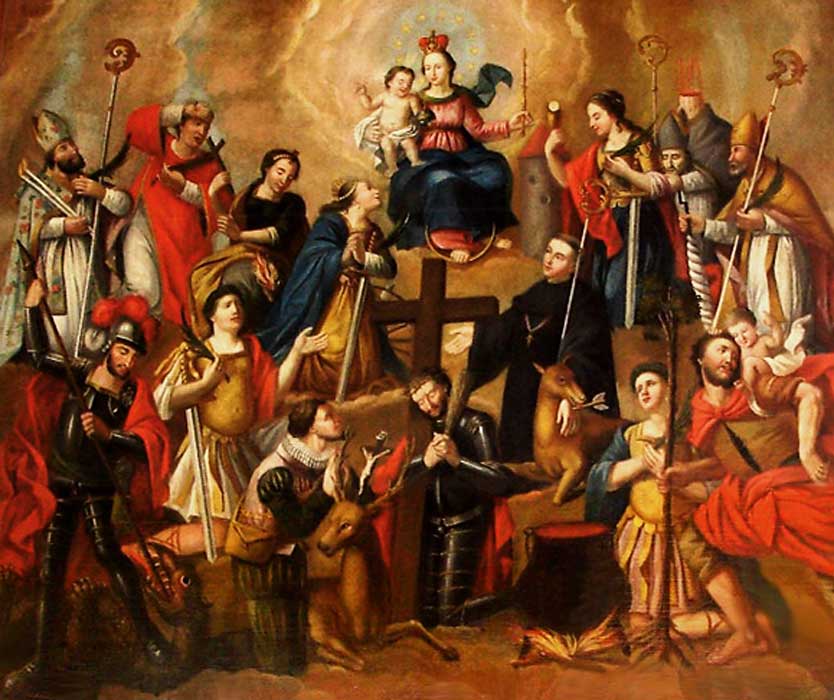
The poor shepherd was utterly bewildered. He led his flock home and informed his parents of the strange occurrence. They considered the whole affair nothing more than a delusion of his mind. But Herman felt so uneasy about the whole thing that he went to the monastery, hoping to receive some explanation. He told his experience to one of the Fathers. The monk advised Herman that if the child should appear again, he should ask the child what it wanted.
Nearly a year later, at about sunset on June 28, 1446, the eve of the feast of Sts. Peter and Paul, the child did appear again to the shepherd in the same place as before. But this time it was surrounded by thirteen other children, all of them in a halo of glory. Herman boldly approached the group and, addressing the child he’d first seen, he asked – in the name of the Father, and of the Son, and of the Holy Spirit – what this child desired.
The reply was: “We are the Fourteen Helpers, and desire that a chapel be built for us. Be our servant, and we shall serve you.” Then the group of children disappeared, and the shepherd boy was filled with heavenly consolation.
The following Sunday, after he had led his flock to the pasture, Herman saw two lighted candles descending from the sky to the place where he had seen the Heavenly children.
The boy hurried to the monastery and told them everything he had seen. The abbot, Frederic IV, was not inclined to believe in the apparitions. Unfortunately, neither were the rest of the community. They attributed it to the boy’s ‘visionary fancy’. But God did not abandon Herman.
One by one, people began reporting extraordinary favors being received upon the simple hillside – the very place where Herman had seen the 14 Holy Helpers. The monks could not ignore this ever growing appeal of miracles and, in 1447, they at last began construction of the requested chapel. The next year, the building was completed and, not long afterwards, officially dedicated to the Blessed Virgin Mary and the Fourteen Holy Helpers.
The bishop granted an indulgence for the day of the anniversary of the dedication. The Papal Nuncio, Cardinal Joannes, granted another, and Pope Nicholas V granted a third. These indulgences, and a number of other spiritual privileges granted to the chapel, attracted a great many visitors, to the point that it became a place of pious pilgrimage.
The “fourteen angels” of the lost children’s prayer in Engelbert Humperdinck’s fairy opera, ‘Hansel and Gretel’, are the Fourteen Holy Helpers. The English words are familiar:
When at night I go to sleep,
Fourteen angels watch do keep,
Two my head are guarding,
Two my feet are guiding;
Two upon my right hand,
Two upon my left hand.
Two who warmly cover
Two who o’er me hover,
Two to whom ’tis given
To guide my steps to heaven
Saint Blaise, oremus!
Written by: TheKingDude
Similar posts
Parrott Talk-Groomers Ruined Mother’s Day
PREVIEW OF TODAY'S PARROT TALK. FOR THE FULL EPISODE SUBSCRIBE ON ITUNES. Social media was full of men pretending to be mothers. These groomers shared pictures of their families, and created posts that celebrated their motherhood. Mike Parrott has a few examples of how these […]
Featured post
Latest posts

The War Power To Take Out Cartels: Letters of Marque & Reprisal-Mike’s 2014 LPAC Speech

Brad Birzer and Winston Elliott Discuss “A New Dark Age”

Trump Should Read Thomas Jefferson’s First Inaugural Speech

Kamala Harris: The Shape Of Modern Evil, A Halloween Commentary
Mike Church Show- Review of 2016 Al Smith Dinner That Invited Killary
Current show
Upcoming shows
Condimentum Elit
11:40 pm - 11:55 pm
Chart
HERE IT GOES YOUR COPYRIGHT TEXT. CAN ALSO CONTAIN LINKS LIKE THIS



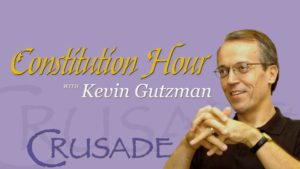
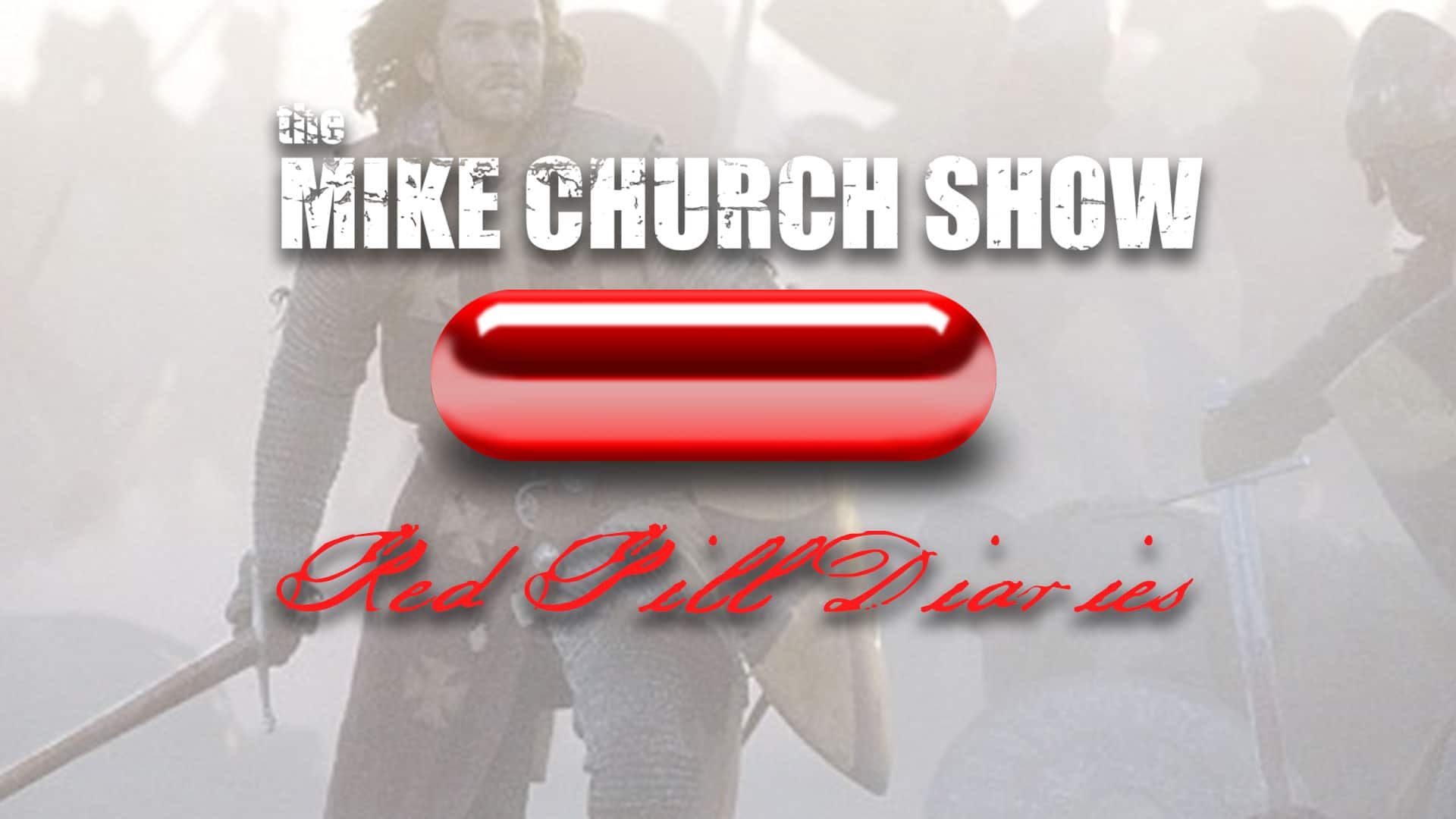
Post comments (0)